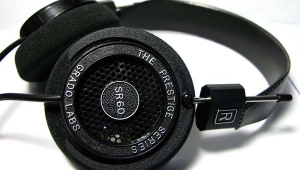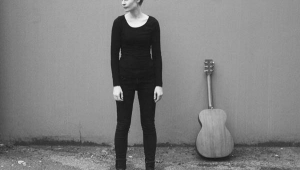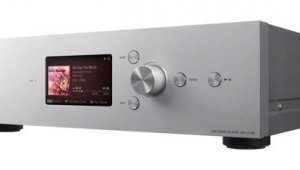| Columns Retired Columns & Blogs |
While DRA Labs MLSSA measurement signal sounds like noise, it is in fact a pseudo-random series of binary pulses. The computer compares what it sent to the speaker with what it received back from the microphone, and by performing a cross-correlation operation on the 2 signals, it can calculate the speaker's impulse response. FFT techniques can then generate the speaker's frequency response, step response, cumulative spectral decay plot, etc, from the impulse response.





































